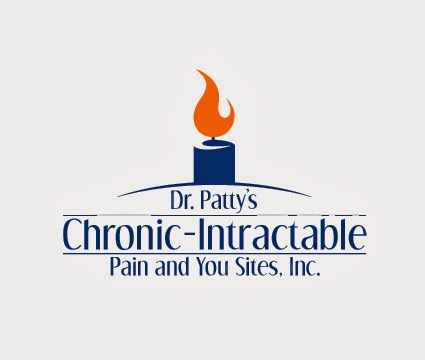FDA Announces Medtronic Pain Pump Recall
On Monday, the FDA announced that Medtronic has issued a Class I recall of their SynchroMed II Implantable Infusion Pump, models 8637-20 and 8637-40, distributed between May 2004 and July 8, 2011. These are the same pumps for which an alert was issued in July of this year.
You can read the details of the July alert here: Pain Pump Alert: Potential Problem With Medtronic SynchroMed II Pump
Reason for Recall
The reason given for the recall is that “there is a potential for reduced battery performance in the SynchroMed II infusion Pump. Medtronic’s analysis of the problem indicates it is related to the formation of a film within the pump battery. This problem can lead to the sudden loss of therapy and the return of underlying symptoms and/or therapy withdrawal symptoms. For example, patients receiving intrathecal baclofen therapy for severe spasticity are at risk for baclofen withdrawal syndrome, which can lead to a life-threatening condition if not treated quickly and effectively.”
Recall or Alert?
The FDA listed this as a Class I recall. Class I recalls are the most serious type of recall and involve situations in which there is a reasonable probability that use of these products will cause serious adverse health consequences or death.
That being said, Medtronic is not retrieving any implanted SynchroMed II pumps from the field. The announcement says, “Medtronic does not recommend prophylactic replacement of SynchroMed II pumps because of the estimated low occurrence rates, the presence of pump alarms, and the risks associated with replacement surgery.”
Instead, Medtronic encourages patients to carry their patient identification cards with them at all times and to contact their physicians immediately if they experience a return of symptoms or hear a device alarm.
My Thoughts...
I find the term “recall” a bit misleading since Medtronic is not actually replacing the pumps in question. This seems to be more of a strong alert warning you that there could be problems ahead. Actually, this seems to be little more than a repeat of the July alert. I'm not really sure why it is being reiterated unless the FDA is just a couple of months behind in making the announcement.
Although I don't personally have any experience with pain pumps, I know a number of our community members have them. If you have one of the models involved in this recall, I would encourage you to talk with your physician about what you should do if you experience a sudden return of symptoms or begin to go through withdrawal . . . particularly if this should happen at night, on a weekend or over a holiday when your doctor is not in his/her office.
If you have additional questions about this recall, contact Medtronic Patient Services at 1-800-510-6735, Monday – Friday, 8 a.m. to 5 p.m. CDT.
_______________
Source:
Medtronic Model 8637 SynchroMed II Implantable Infusion Pump. U.S. Food and Drug Administration. 9/12/11.
http://www.healthcentral.com/chronic-pain/c/5949/144117/fda-medtronic





